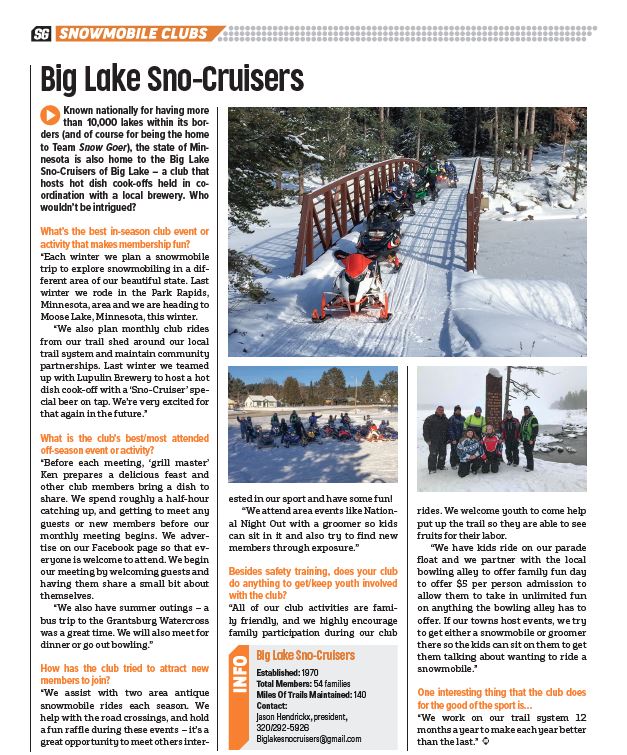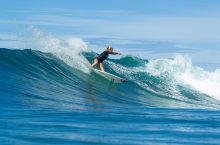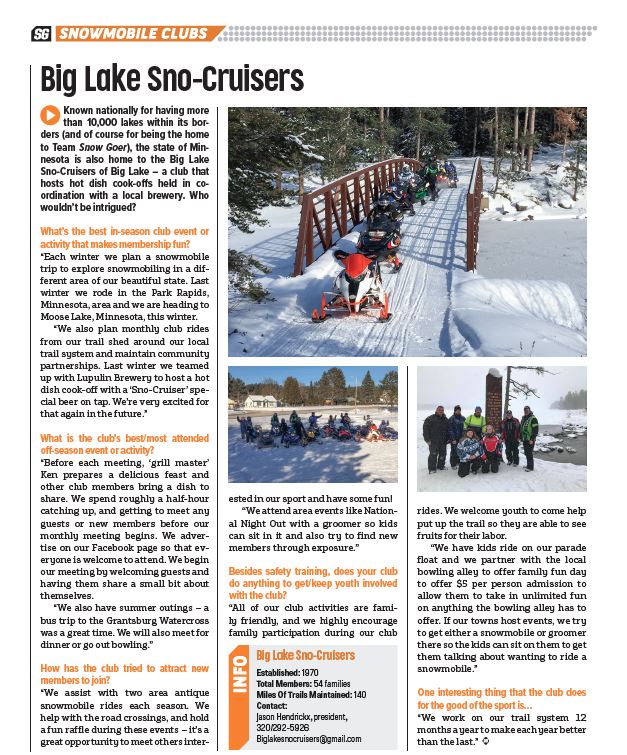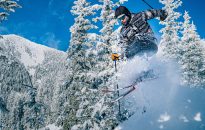Safety Precautions Before you hit the slopes, make sure you have the right equipment. Cross country skiing equipment, for instance, needs to be chosen carefully. This should align well with your skill level and the conditions in which you plan to ski. Always check the functionality and safety features of your ski gear, like poles, […]


Safety Precautions
Before you hit the slopes, make sure you have the right equipment. Cross country skiing equipment, for instance, needs to be chosen carefully. This should align well with your skill level and the conditions in which you plan to ski. Always check the functionality and safety features of your ski gear, like poles, boots, and bindings. Similarly, for snowboarding, ensure your board, bindings, and boots are in optimal condition.
Map out your trip in advance. Decide on dates, book accommodations, and if necessary, arrange rentals. If you’re planning on taking lessons or joining guided tours, book these as early as possible. Also, researching the amenities and facilities of the resort can enhance your experience.
Nutritional Focus
Also, always go with a friend or in a group; it’s safer and more fun! Familiarize yourself with the local emergency procedures and ensure you have a fully charged phone or a communication device. Taking a basic first aid kit with you can also be a lifesaver in case of minor injuries or emergencies.
Embrace the beauty of winter, and enjoy every moment of your snowy escapade! Take time to capture the stunning scenery and cherish the memories you create along the way. Most importantly, listen to your body and know when to rest to ensure you stay energized throughout the season.
Winter weather can be unpredictable and can change rapidly. Always check the forecast before heading out, and be prepared for a range of conditions. Layering your clothing is a smart way to manage body temperature and comfort. Additionally, understand how different weather conditions affect snow quality, as this will impact your performance and safety.
Look into transportation options to ensure smooth travel, especially in snowy or remote areas. Don’t forget to check for discount packages or deals that might include lift tickets, equipment rentals, and accommodations.
Eating right is crucial for energy and warmth when engaging in winter sports. Focus on a balanced diet rich in carbohydrates, proteins, and fats. Hydration is equally important, as cold weather often masks sweat loss, making it easy to overlook fluid intake. Carry snacks like nuts, energy bars, and fruit for quick on-the-go nourishment.
Additionally, consider sharing your itinerary with a friend or family member, especially if you’re traveling solo. This ensures someone knows your whereabouts and plans in case of emergencies. Packing a small bag with essential items like a map, flashlight, and a basic tool kit can also be very helpful for unexpected situations during your trip.
If it has been a while since you last hit the slopes, consider taking a refresher course. Ski schools offer courses that can help sharpen your skills and boost your confidence. Even experienced skiers and snowboarders can benefit from professional tips and updated safety information.
These courses often include insights into the latest equipment and techniques, helping you stay competitive and safe on the slopes. Group lessons can also be a great way to connect with other enthusiasts and share valuable experiences.
For instance, fresh powder offers more control and cushion, while icy conditions demand sharper edges and extra caution. Carrying an emergency weather app or alert device can also help you stay informed during sudden changes.
Understanding Weather Conditions
Physical Preparation
Ready, Set, Go!
With everything in place, you’re all set for a thrilling winter sports adventure. Double-check your gear, keep an eye on the weather, and stay hydrated. Remember, the key to a successful outing lies in being well-prepared and maintaining a safety-first approach.
As the chill in the air deepens, excitement builds around winter sports. From skiing to snowboarding, these activities offer a thrilling way to embrace the cold months. However, proper preparation is essential to make the most of your winter outings and ensure safety and enjoyment. Here’s how you can gear up for an unforgettable season in the snow.
Furthermore, these courses can also help you re-familiarize yourself with any changes in resort rules, trail markings, or emergency procedures. Instructors often provide valuable feedback on your technique and can help you identify areas for improvement. This personalized attention can significantly enhance your overall experience and safety on the mountain.
Essential Gear to Pack
Including warm beverages like herbal teas or hot chocolate can provide both hydration and comfort during breaks. Plan your meals to include slow-releasing carbs for sustained energy and avoid heavy foods that might slow you down.
Safety should never be compromised. Always wear a helmet and other appropriate safety gear. Know the area where you will be skiing or snowboarding, and be aware of any potential hazards. If you’re venturing into backcountry areas, avalanche safety equipment is essential.
Skills Refresher Course
Also, consider engaging in yoga or stretching routines to improve flexibility and reduce injury risk. Building cardiovascular endurance with activities like running or cycling can also help you sustain energy during long days on the slopes. Don’t forget to incorporate balance training, as it’s crucial for maintaining stability on uneven surfaces.
Winter sports can be demanding on your body. It’s important to be in good physical shape to handle the slopes. Start a fitness regime focused on core strength, flexibility, and endurance. Exercises like squats, lunges, and plyometrics are great for skiers and snowboarders alike.
Pre-Trip Planning














